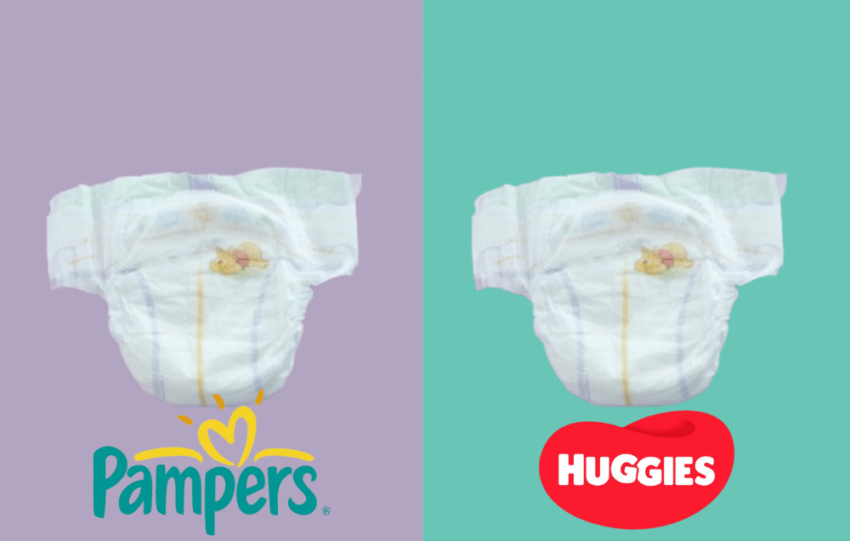Braces is just a part of growing up for kids, and it’s easy to see a lot of kids wearing it now. Did you know that approximately 4.5 million Americans have braces, and about 80 percent of them are between the ages of 6 and 18? Braces are about more than just a straight smile — they do work that goes beyond making teeth look good; they help them line up, function better and can even lead to better dental health in the long run.
But how do you figure out if your child might need them? Look for these 8 noticeable signs that may indicate it’s time to consult an orthodontist.
8 Important Signs Your Child May Need Braces
Losing Baby Teeth Early
Kids lose baby teeth all the time, but if it’s before age five, there might be issues with how the adult teeth grow in. Teeth can grow crooked, in the wrong places, or with bite issues, so it’s a good idea to keep a close eye on them. Sometimes, braces are required to correct the bite and prevent more severe problems in the future.
Prolonged Thumb Sucking
Most babies suck their thumbs. But when carried beyond the age of five, this habit can hinder tooth alignment and the development of a child’s jaw. Children who still suck their thumbs are at a higher risk of needing braces due to the dental problems that can result.
Underbite
It’s when the lower jaw goes past the upper jaw, so that the lower teeth overlap the upper. It’s hard not only to eat and talk but also to keep the teeth clean. An underbite rarely means you have to go for an orthodontist consultation to talk about getting braces.
Gaps Between Teeth
Spaces can be cosmetic issues, but they also can cause food to get trapped, leading to the development of cavities and gum problems. Braces can address these spaces, which are harder to clean, and prevent potential issues later on.
Crowded or Misaligned Teeth
It can be challenging to clean crowded or crooked teeth and they may be at risk for tooth decay and gum disease. And you can get a bad bite. Braces correct all of that and prevent dental problems down the road.
Overbite
If your child’s upper teeth stick out a lot further than the lower teeth, that’s known as an overbite. Overbites can affect eating, talking, and even wear down jaw joints or teeth. Braces are often a good fix for overbite.
Mouth Breathing
A downside of habitual breathing through the mouth (as opposed to the nose) is that it can sometimes lead to detrimental consequences for dental development, tooth position and jaw growth. This can cause problems that may require orthodontic treatment, so it is something to monitor closely.
Trouble Chewing or Biting
If the problem child doesn’t bite or chew properly, that could suggest a problem with teeth or jaw alignment. Repairing this issue with braces can also prevent more severe dental problems as your child ages.
What’s the Right Age for Braces?
The right time ultimately may depend on your child. The American Association of Orthodontists recommends that children undergo their initial orthodontic screening by the time they are seven years old. That’s because some problems — overcrowding or bad bites, for instance — can be more manageable when the jaw hasn’t yet fully developed. And while 7 is a helpful rule of thumb, some children require treatment sooner, while others may not need it until much later.
The only way to determine whether your child needs braces is to consult an orthodontist. The average time kids wear braces is approximately 12 to 24 months, but this can vary depending on the progress in the mouth and adherence to the treatment. That’s the secret to a good outcome: You have to adhere to the orthodontist’s plan and the appointments. A smile is a powerful thing! Feel free to consult with an orthodontist if you have specific concerns about your child’s teeth. They can help you determine the following steps to take, ensuring your child maintains healthy oral hygiene for years to come and avoids cavities and other dental issues.
FAQs
Possible signs include baby teeth that are lost before age five, thumb sucking that persists in five-year-olds, an underbite (lower jaw in front), spacing between teeth, crowded or crooked teeth, a prominent overbite (upper teeth very much in front), chronic mouth breathing, or difficulty in biting or chewing.
If baby teeth are lost early or fall out of sequence, there is a chance that the new teeth will have issues growing in — this can cause misalignment and bite problems that should be addressed with braces.
Persistent thumb sucking can cause teeth to shift out of place and alter the way the jaw develops, often leading to dental concerns that require braces.
An underbite occurs when the lower teeth protrude past the upper teeth, resulting in challenges with eating, talking, and cleaning. Braces can correct this and improve oral hygiene.
Not at all—gaps can also catch food, upping the risk for cavities and gum problems. Braces close these gaps and make teeth easier to care for.
By the age of 7, according to the American Association of Orthodontists. The earlier you can assess it, the better. If their jaw is still growing, and it’s something that can be addressed and fixed, but some issues are easier to fix than others.
Children spend an average of 12 to 24 months with braces. But it varies depending on how bad the case is, how old the child is and how faithfully the treatment plan is followed.


